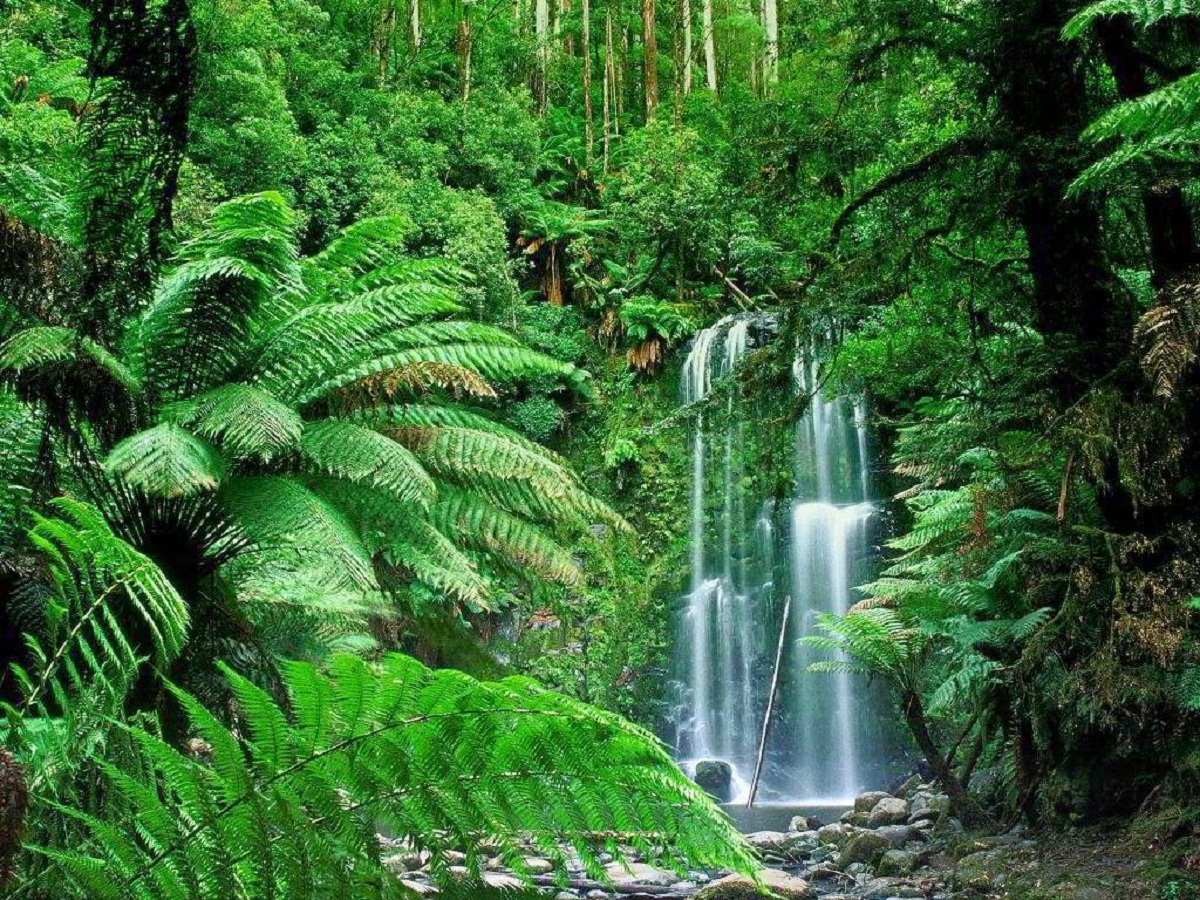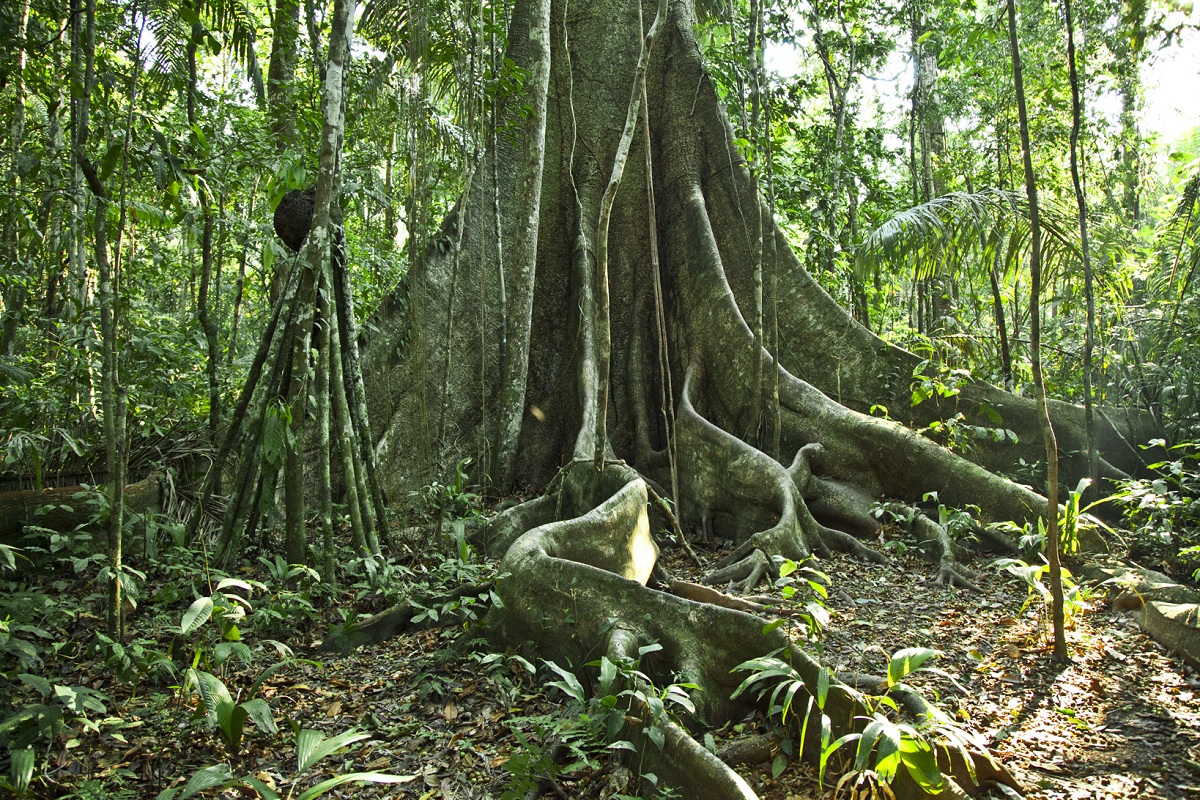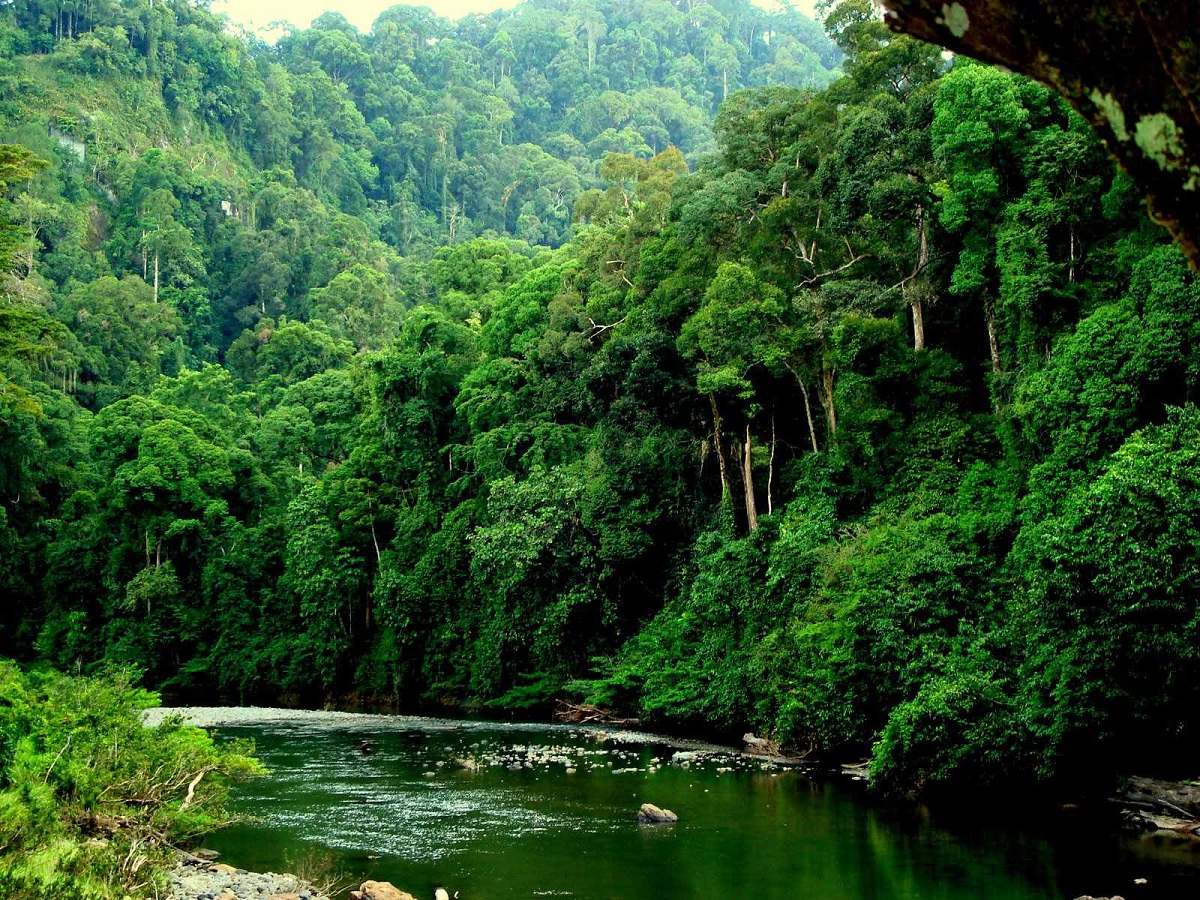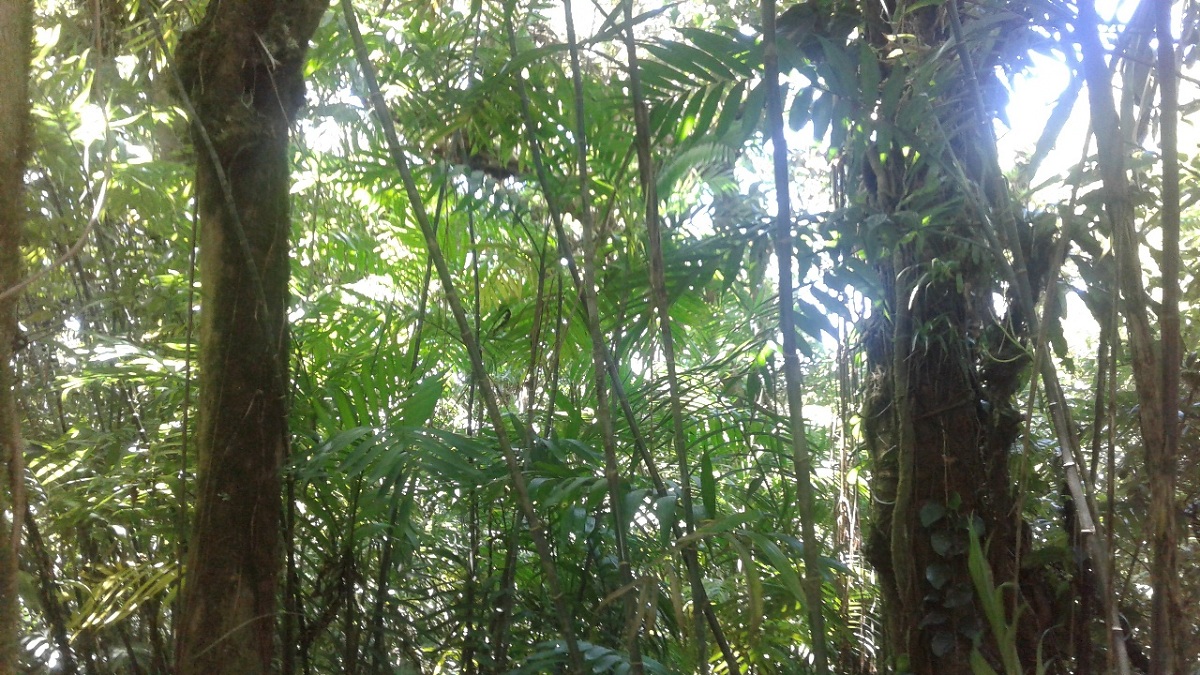
Among the most diverse biomes on our planet is the tropical forest. It is a type of forest formed by arboreal ecosystems that are present throughout the intertropical strip. The tropical forest houses some ecosystems such as forests or rain forests such as those of the Amazon and the Congo. The name of tropical forest and tropical forest is the same but there are some occasions in which the term forest is only used to refer to temperate and cold arboreal formations. On the other hand, when the word was used, it was frequently used for the tropical forest.
In this article we are going to tell you all the characteristics, climate, flora and fauna of the tropical forest.
Key features

This type of forest is mainly characterized by having a structure composed of complex vegetation. There are several arboreal strata that start from the understory where there are herbs and shrubs. There are also abundant epiphytic and climbing plants. As it spreads the forest in depth we can see plants of greater size and great leafiness. It has a great diversity of vascular plants, mosses, lichens, animals and fungi. In many of these forests there is a complex structure made up of several biotypes and multiple strata. You have to know that all these seventh plants are associated with the variations that exist in light and humidity.
We know that within all terrestrial ecosystems, the tropical forest is the one with the greatest biological diversity. Given that there are environmental conditions conducive to the existence of a large amount of nutrients and abundance of living beings, diversity spreads easily. Most of the countries that have this diversity are in tropical areas or their regions of greatest diversity are in this zone. We point out that a hectare of tropical forest can host up to 2.250 plant species of which more than 1.000 of them are trees.
Among all living organisms, insects are the dominant species in these ecosystems. All this biodiversity is possible that occurs in the tropical forest because there are various conditions such as the availability of water and the appropriate temperature almost all year round. In other ecosystems there are always some limitations that restrict the spread of organisms on the ground.
Life in the tropical forest

Although there is great biodiversity there is also great competition that it is generated among the reigning species so that there is no dominance. Natural resources are always present, but this does not mean that you have to compete to have territory. All these conditions of life in the tropical forest promote the existence of a large number of species of different living beings but with a relatively low number of individuals per unit area. That is, we can find individuals of many species but few individuals of each species.
On the other hand, the vegetation structure is totally different. It's very simple. We can find thorn groves in arid areas while the humid forests are much more complex. The complexity of plant structures will depend on some environmental factors. If we analyze the structure of a fairly elementary thorn forest, we can see a clear understory and a single layer of low trees. If we analyze tropical, cloudy and semi-deciduous rainforests, we see that their structure is much more complex and has great vertical and horizontal variation.
In the tropical forest there are usually 2 or 3 levels to reach the upper canopy of the trees. Above these are the emergent trees that rise above the canopy. Stratification in the tropical and warm rain forest ranges from ground level to about 70 meters high.
Tropical forest adaptations

Tropical forests are more complex as they have both poor and shallow soils. This occurs because the nutrients needed to maintain these high biomass ecosystems are concentrated in vegetation and other living things. Nutrients maintain a closed cycle between living organisms and the soil litter. We know that the role of decomposing organisms, fungi, bacteria and other microorganisms in the soil is of vital importance. It is these decomposers that end up contributing organic matter to the soil. There is a network of mycorrhizae and soil fungi that are connected in the roots of plants. These mycorrhizae They allow to increase the absorption of nutrients by the vegetable mass.
To live in the tropical forest one must have various adaptations to environmental conditions. Plants that live in these more complex systems have some adaptations present. Among them we see the amount of light inside the forest and the humidity. Being so dense, the lack of light can become a problem in the lower layers. Undergrowth plants tend to have fairly wide leaves but surface bound to be able to take advantage of the little light and carry out photosynthesis. Other adaptations are climbing plants. Climbing plants abound here since they can be approached to areas with greater luminosity.
The upper leaves that exist between the trees that above the canopy are smaller and sclerotic. This helps to reduce the damage that light radiation can cause as it is very intense and the temperature is higher than inside the forest. The excess of humidity in these forests generates a problem in the transpiration process of the plants. Some plants have developed some mechanisms such as guttation or the expulsion of liquid water through the leaves. These processes give rise to a feeling of increased humidity.
Climate
Finally we are going to do a brief review of the climate of these forests. The climate is preferably tropical and they are characterized by having a constant temperature throughout the year. It also has other levels of high solar radiation and high rainfall also throughout the year. These stable environmental conditions are what also help to promote the development of life.
There are some variants such as the rainy equatorial climate and the bi-seasonal tropical climate. The first presents warm temperatures and high rainfall with levels of up to 16.000 mm per year. The bi-seasonal has a rainy season and another mushroom with an annual average of approximately 4.000 mm.
I hope that with this information you can learn more about the tropical forest and its characteristics.